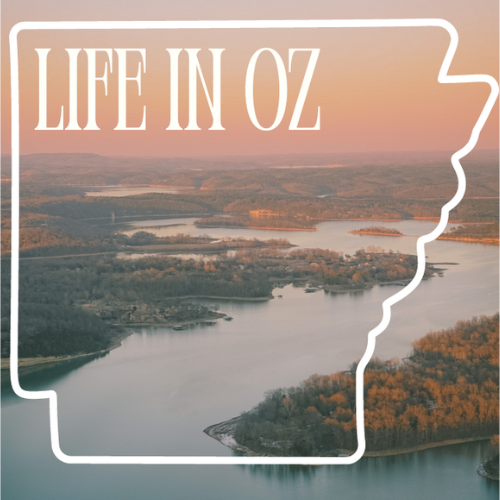20 countries in two years.
Working as a multimedia journalist throughout those twenty countries has taught me some valuable lessons. It hasn’t been all sunshine and rainbows; more often than not, life kicked me in the face with realities and insight, both good and bad. One of the biggest battles I personally learned to overcome, is how to draw the line between documenting a subject and interfering.
As a journalist first and foremost, I live in the honor of telling stories from around the world. I tend to see life as a series of light, angles, quick cuts, and b-roll. Most of the time people will let you know if they are highly against being on camera, and we must always respect that. However, sometimes it is not as clear cut, and that can be a tricky grey area.
To help you navigate that grey area of capturing award winning images and remaining respectful, I have compiled a list of advice from myself and fellow travel photographers.
1. The Trusty "Point and Nod"
This may very well be my biggest piece of advice I give any aspiring photographer or videographer. When it comes to guerilla style shooting (the term used for filming or photographing on the street style without permits or a cast), you want to keep the content as natural as possible. Air on the side of caution, but if you see an image, take the shot before it’s gone. However, if (and when)you lock eyes with your subject, make sure you do the “point and nod.” Basically, point to your camera, shrug your shoulders, and nod your head yes till they give you a confirmation. This is the universal sign for gaining consent to shoot your photo or video of the subject.
2. Offer to show the photograph after you’ve taken it
People are often self-conscious in front of the camera, but as a photographer you have the ability to showcase their beauty through your own unique perspective. The highest compliment for me is when I show someone a photo of themselves and they cannot believe it’s them. I had a woman in northern Uttrakhand India who stared at the portrait I took of her for at least 5 minutes. She told me this was the first time she thought she looked beautiful. As you might have guessed, I wanted to cry right then and there.
Children are also the best subjects to show their photo to after you’ve taken it. Be ready to be attacked with curious kids who both want to have their photo taken or take the photos.
3. Learn the phrase "Can I take a photo?" in the native language
I have written about the importance of learning languages in a separate article, but it will always be the most genuine sign of respect when traveling to try and speak the native language. While I would advise travelers to at least know how to say “hello” and “thank you” in the country’s official language, a photographer should always have the phrase, “Can I take your photo?” in their back pocket.
“My advice to photographers is to get out there in the field and take photographs. But also, if they are students, to finish their course, learn as many languages as possible, go to movies, read books, visit museums, broaden your horizon.”
4. “Photograph things in the way you feel is right, not the way you think you ought to”
A solid piece of advice from renowned Magnum Photographer, Chris Steele-Perkins in the handbook, Wear Good Shoes. I came across this piece of advice when reading over the compiled advice from experts in the industry. A lot of times when you are working for a company, network, magazine, or site, they will have a preconception of how a story will unfold. They might give you the main focus of the story, and when you get to the place, meet the person, or experience the event, you may find that what you were given is not the true story. Always discuss with your editors first, but also trust your gut when it comes to telling the true story. Visual storytelling is an extremely powerful medium, and should be taken upon with a great deal of responsibility. Also, always remain open to the story as it changes. Never judge a story before you experience the outcome.
While cleaning the dishes at base camp on Mt. Kilimanjaro. Richard was a little shy around the camera at first, but after watching me take photos and videos over the course of the first day on the trail, he became extremely comfortable with me taking his photo. Richard was one of my favorite people to capture while on the mountain.
5. Explain your vision and/or topic that you are covering
When you have the convenience of speaking the same language, be sure to explain what you want to capture. If you are conducting an on the spot interview, let your subject know where the video will be published and what your whole story will be. If you are photographing someone or something with a full story in mind, be sure to explain what you are trying to achieve by taking their photo. It also helps to show some of your past work so that they understand what your vision is for the photo. With the rise of the internet and social media, sometimes it is hard to trust where the photo someone takes of you will end up.
After explaining to the grandmother, the head of this nomadic Berber household, that I was working on a story about Berber culture, she welcomed me to stay with them for the afternoon. I was able to take photographs and videos because they understood why I was there, and what my purpose was for capturing those images.





